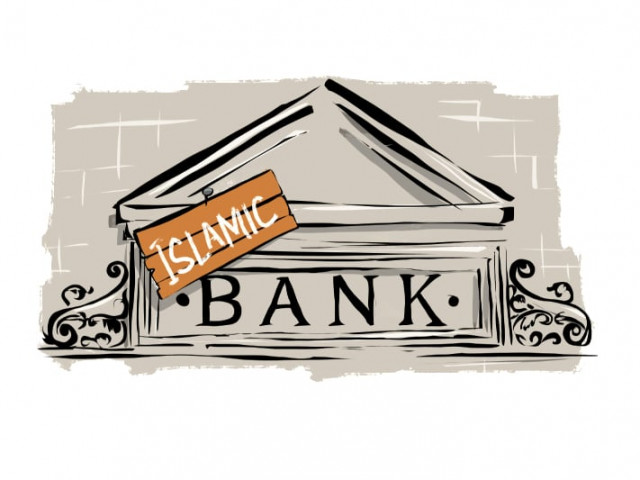View from McLeod Road: SBP’s new rules to help Islamic banking grow faster
Removing the minimum deposit rate requirement will help banks, not depositors.

The State Bank of Pakistan (SBP) has just introduced a powerful new incentive for banks – especially the middle and lower tier banks – to rapidly expand their Islamic banking operations.
By removing the minimum deposit rate requirement for Islamic banks and Islamic banking divisions of conventional banks, the central bank has effectively created a loophole in the rule that was meant to drive up the cost of funds of the banks and force them to seek higher returns by expanding lending to previously underserved sectors. This loophole is likely to be exploited with glee by several of the middle-tier banks, many of which already have a strong presence in the Islamic banking sector.
Under the current rules, while conventional banks will be required to pay a 6% interest rate to depositors for their savings accounts, Islamic banks and Islamic banking divisions of conventional banks will not be required to have any such minimum rate of return. Sana Bawani, a research analyst at Elixir Securities, believes that this move will likely cause the Islamic banking industry to reduce their average rate of return for savings accounts depositors between 0.5% and 1%, which will likely cause their profitability to rise.
The central bank has thrown at least one sop to the depositors of Islamic banks: it has stated that the banks are required to compute their rates of return on the average deposit amount for a period in question, not the minimum deposit amount, as is currently the normal practise. This means that the base amount on which the returns will be computed will be higher, giving the depositors a slightly higher effective rate than they would have gotten, though it will likely still be lower for most than their current rates.
The most significant result of this policy move, however, is that profitability in the Islamic banking industry will go up. As interest rates decline over the next few months, most banks will be hard-pressed to increase their net interest margin – the difference between the interest rate they charge their borrowers and the interest rate they pay out to depositors.

For conventional banks, the deposit rate on savings accounts is fixed, causing their net interest margins to be squeezed. For the Islamic banking sector, it is not, which means they have the flexibility to keep going lower. This creates a powerful incentive for conventional banks to increase the proportion of their deposit base that is in Islamic accounts.
Expect more banks, particularly the smallest ones, to suddenly find themselves more faithful and appealing to Shariah-conscious depositors. There is even a chance that one or two of them might convert completely to Islamic banking.
Islamic banking has already been growing much faster than the banking industry as a whole. According to SBP data, between 2002 and 2011, deposits at Islamic banks grew at an average annual rate of 59.6%, compared to the banking sector average of 16.1% per year during that same period. And lest anyone think this is simply the low-base effect, in the year to June 30, 2012, Islamic banking deposits grew by 33.4% to Rs603 billion, a time during which the banking sector as a whole grew by a much lower 14.4%. Islamic banking now accounts for 9.4% of all deposits in Pakistan, up from virtually nothing a decade ago.
So which banks benefit most from this? Elixir Securities correctly identifies three, but misses a fourth. In Bawani’s note, she mentions the likely rise in profitability for the two listed Islamic banks Meezan Bank, and BankIslami Pakistan, as well as the one conventional bank with the highest Islamic banking deposit base, Bank Alfalah. However, another beneficiary is the Bank of Khyber, which has a disproportionately large percentage of its deposit base, nearly 22%, in Islamic banking deposits, and more than half of those are savings accounts.
There is at least some possibility that lower rates on deposits will perhaps divert some customers to conventional banks, but that seems unlikely. The vast majority of depositors at Islamic banks are faith-conscious consumers, and are willing to forgo higher returns for what they feel are principles they value. It is precisely that sentiment that is likely to create more profit-making opportunities for the banking industry.
Published in The Express Tribune, November 25th, 2012.



















COMMENTS
Comments are moderated and generally will be posted if they are on-topic and not abusive.
For more information, please see our Comments FAQ